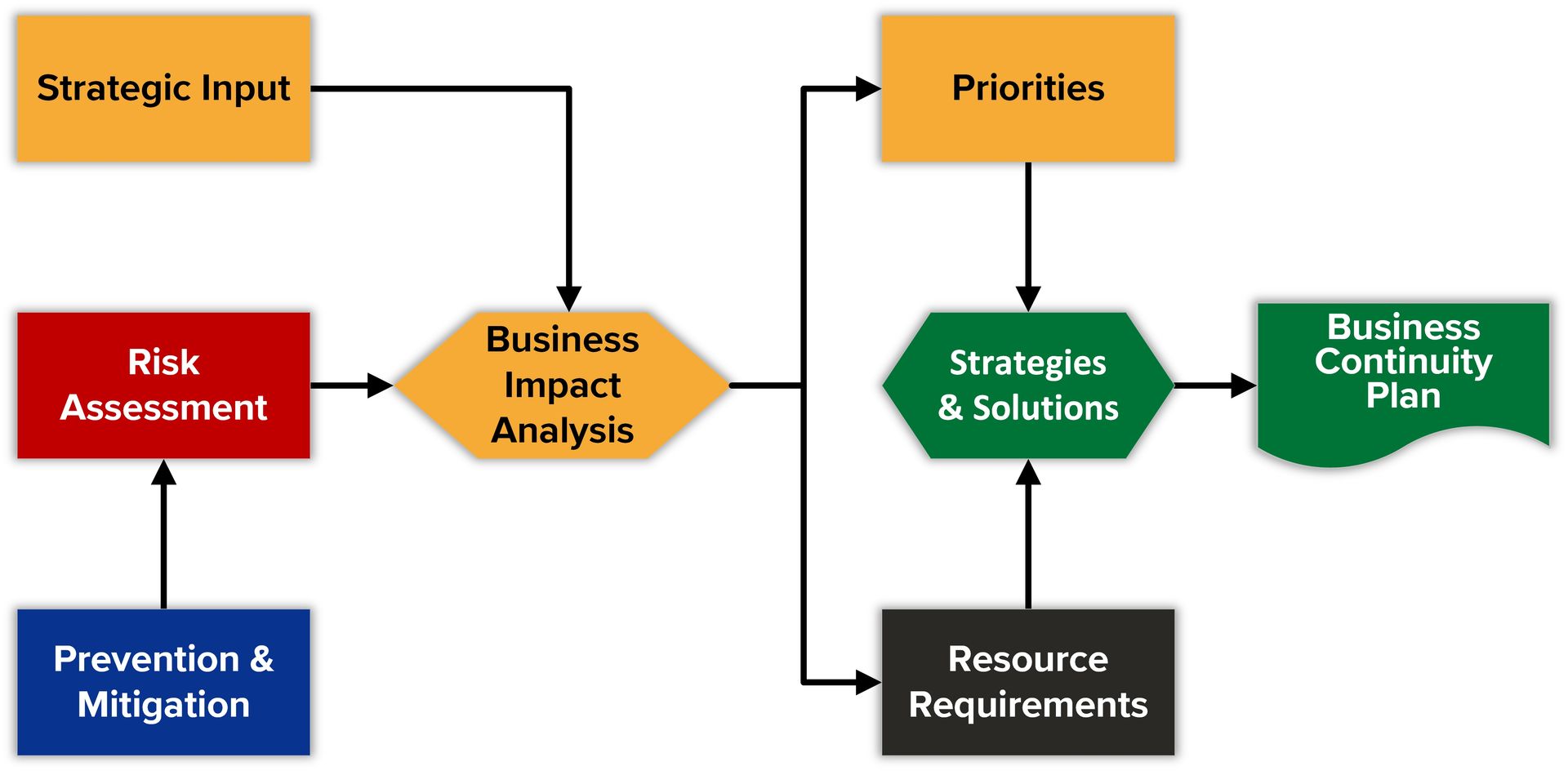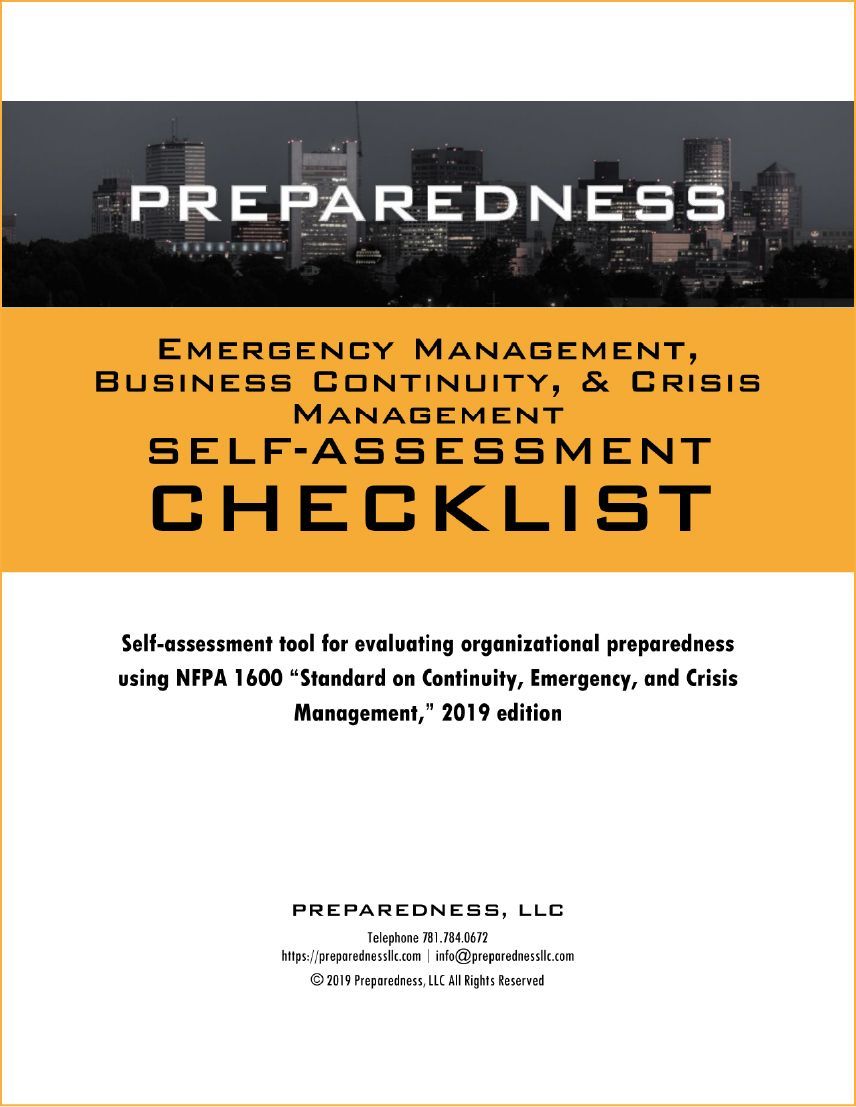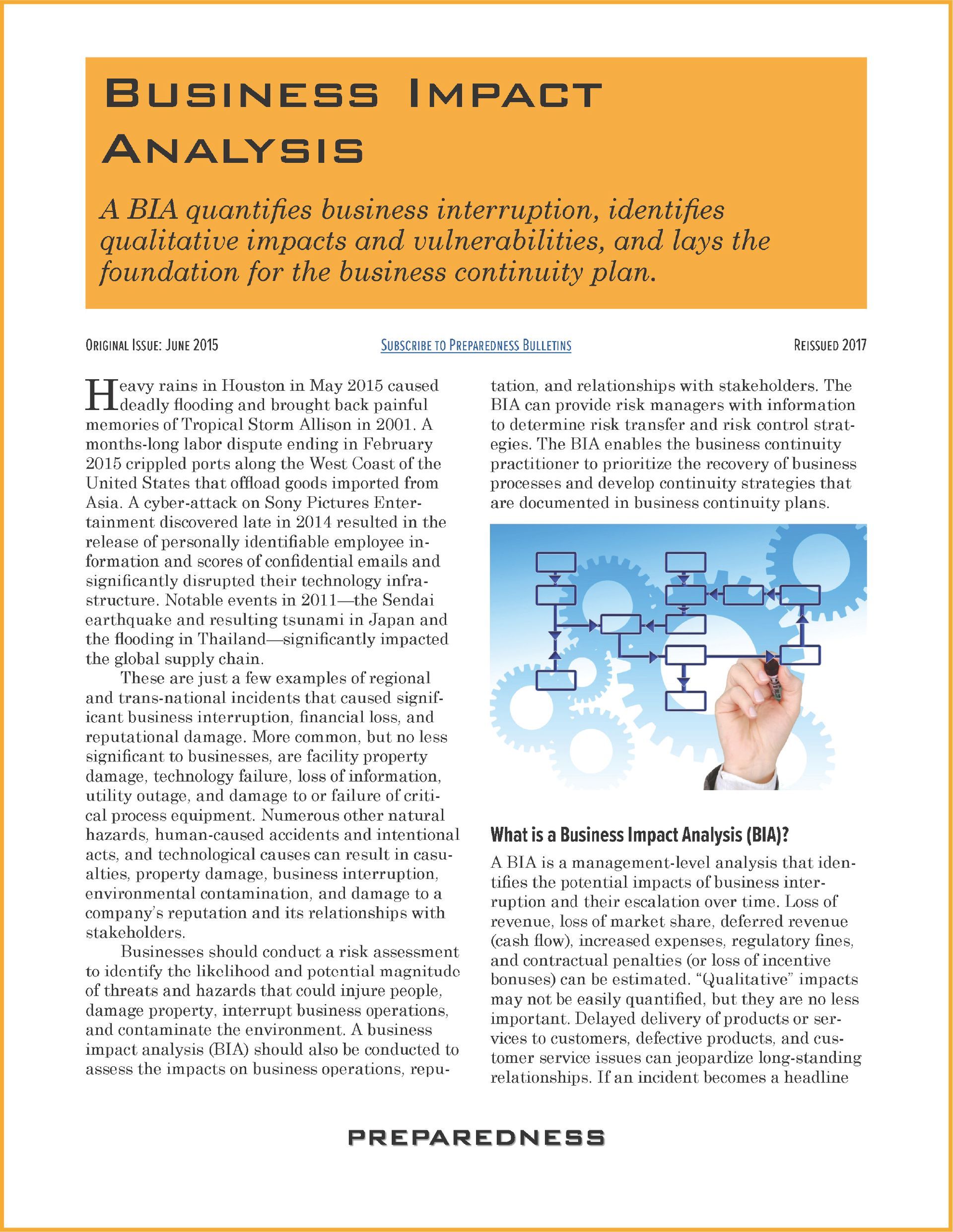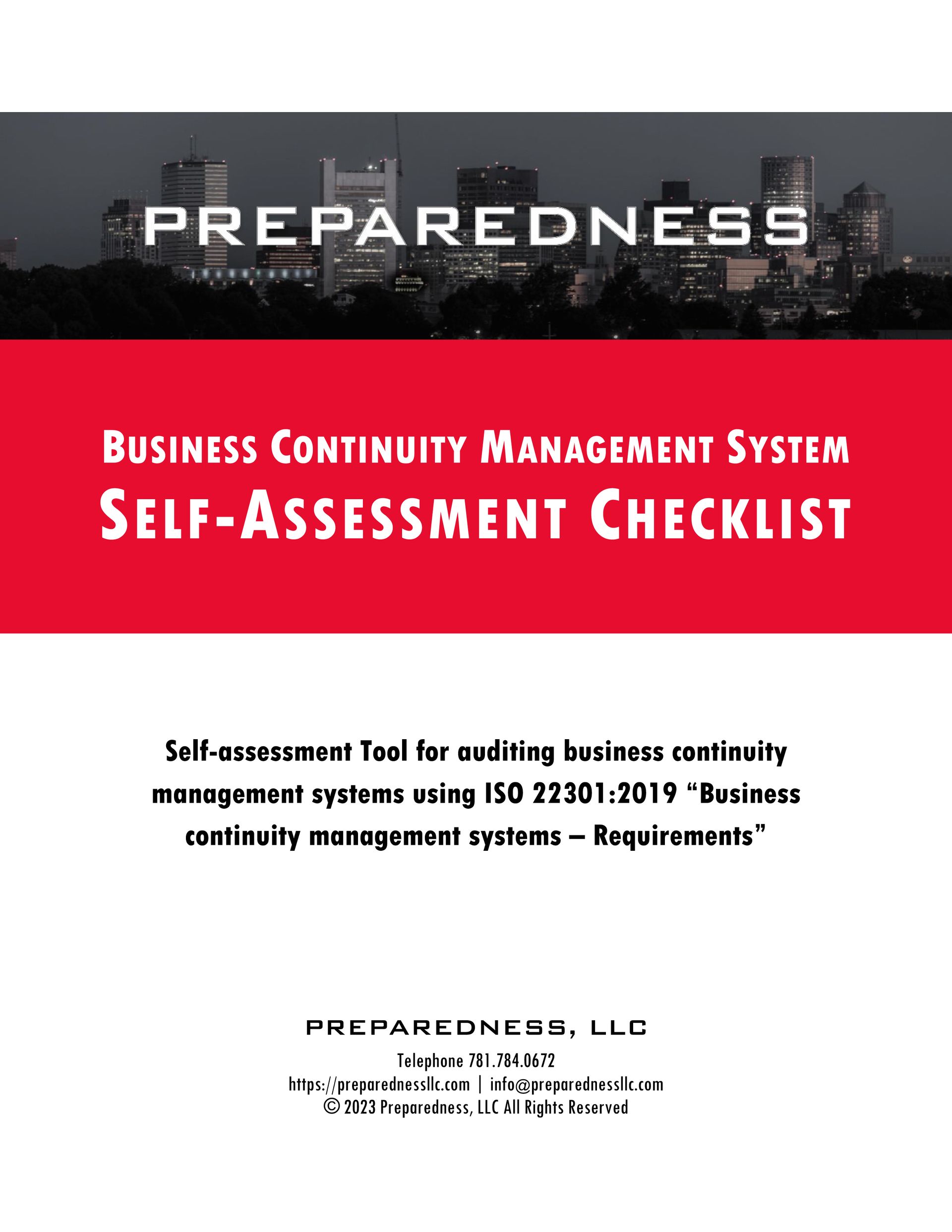Business Continuity
We develop business continuity plans using an interactive process that identifies and prioritizes recovery and identifies the resources to support recovery. We build teams and compile actionable plans to guide recovery. Throughout the process we identify opportunities to enhance resilience.
High efficiency and minimal tolerance for downtime calls for business continuity planning. Customers are demanding it. More regulations require it.
Activities must be prioritized and resources to recover them must be identified. Strategies should define how the resources will be made available to restore activities before impacts become unacceptable.
Planning Process
A business continuity plan is assurance that alternate resources can be deployed within a pre-determined period to recover prioritized activities at a minimum acceptable capacity to avoid unacceptable losses.
Business continuity planning begins with management commitment and strategic input. A steering committee comprised of managers from major business functions should be organized. A risk assessment should identify potential impacts to operational resources, and a business impact analysis should prioritize recovery and identify resource requirements. The business impact analysis identifies and prioritizes the products and or services that must be delivered to avoid unacceptable losses—and the business functions and processes that are required to deliver them. Recovery timeframes and output capacities must also be determined. The business impact analysis can inform risk transfer decisions and risk control strategies.
Strategies are developed defining how functions and processes will be recovered and how required resources would be provisioned. The plan also defines an organization with roles and responsibilities and processes to execute the plan. The plan is implemented through training, testing, and exercising.

Business continuity planning process
Our Services
Preparedness, LLC facilitates the development of business continuity plans from beginning to end. We provide the tools and templates and compile an actionable plan. We also design and conduct training and develop and facilitate exercises to implement the plan.
Risk assessment & Business Impact Analysis
During the business impact analysis, we help you identify and prioritize time-critical functions, and the resources required to support those functions at minimally accepted levels.
- Identifies the operational, contractual, regulatory, and financial impacts from interruption of business functions
- Prioritizes the recovery of products and services and develops recovery time objectives
- Identifies personnel, facilities, machinery & equipment, materials & supplies, and other resource requirements
- Assesses the availability of resources based on the planning scenarios, assumptions, and risk assessment
- Identifies dependencies and interdependencies
Our facilitated discussions also surface possible continuity and recovery strategies.
The BIA provides information to:
- Prioritize the recovery of business functions and processes based on their relative contributions to the business.
- Define the time periods for recovery.
- Identify resources required to support business functions and processes at a minimally acceptable level.
- Develop continuity strategies and document business continuity plans.
Strategy Development
We facilitate high-level discussions and present options for continuity and recovery strategies to sustain priority business functions. These workshops identify the best means to continue or recovery product and service delivery functions and processes. We explore options to address the loss of personnel, facilities, infrastructure, equipment, technologies, and other resources. We use templates to capture strategies, procedures, and resource requirements in a format easily compiled into the business continuity plan.
Business Continuity Plan Development
We develop business continuity plans with strategic input from leadership, site-level risk assessments, business impact analyses with business function and process “owners,” and facilitated development of continuity and recovery strategies.
We help organize the business continuity organization, compile business continuity requirements, compile business continuity strategies, and write incident management procedures.
Our plans define roles and responsibilities and include an incident management process with quick response flowcharts to guide activation and execution of the plan.
We also create abbreviated plans for organizations with multiple locations that want to streamline their business continuity planning process and for those with smaller operations that don’t need in-depth analysis and planning. We provide custom templates, facilitate training sessions, provide ongoing consultation, and review finished plans.
Training & Exercises
Business continuity plans are only as good as the ability of personnel to execute strategies and procedures. We train to familiarize personnel with the business continuity plan, plan activation procedures, and their roles and responsibilities. We design and facilitate tabletop exercises with scenarios that are specific to a facility, its operations, and plans. Exercises enable team members to learn by doing, and they help to identify gaps in the plan and resource constraints that could prevent execution of strategies or inhibit the ability to achieve recovery time objectives.
Program Assessment & Management System Auditing
We are certified lead auditors and evaluate programs using international standards including NFPA 1600/NFPA 1660 and ISO 22301 as well as DRI International's Professional Practices. Our evaluations provide a clear picture of program strengths and weaknesses within an easy-to-use report with findings and recommendations.




